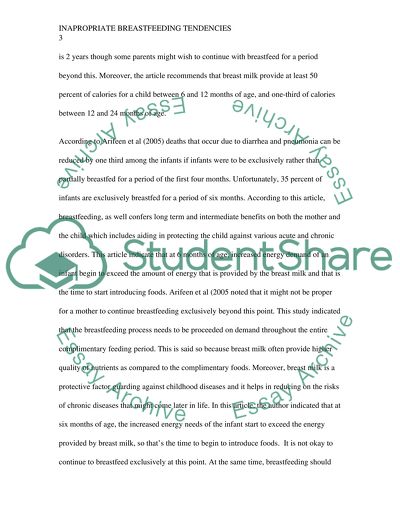Cite this document
(“Nursing research Essay Example | Topics and Well Written Essays - 1000 words”, n.d.)
Nursing research Essay Example | Topics and Well Written Essays - 1000 words. Retrieved from https://studentshare.org/nursing/1465164-nursing-research
Nursing research Essay Example | Topics and Well Written Essays - 1000 words. Retrieved from https://studentshare.org/nursing/1465164-nursing-research
(Nursing Research Essay Example | Topics and Well Written Essays - 1000 Words)
Nursing Research Essay Example | Topics and Well Written Essays - 1000 Words. https://studentshare.org/nursing/1465164-nursing-research.
Nursing Research Essay Example | Topics and Well Written Essays - 1000 Words. https://studentshare.org/nursing/1465164-nursing-research.
“Nursing Research Essay Example | Topics and Well Written Essays - 1000 Words”, n.d. https://studentshare.org/nursing/1465164-nursing-research.


